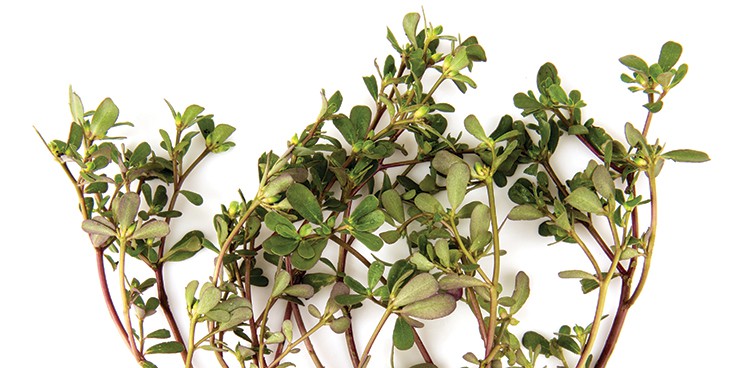
The Great 28 is featured in our Cheese+ 2017 issue. Check out 27 other pairings here.
“It’s pretty powerful to find your own food,” says chef Beau Vestal, owner of New Rivers restaurant in Providence, R.I. He started foraging more than a decade ago in an effort to get into the woods and away from work at the restaurant. Those forays soon yielded a galaxy of wild ingredients—mushrooms, berries, and greens, especially—to bring back to his kitchen.
Many high-profile chefs have embraced the millennia-old practice of foraging in the past decade, putting wild ingredients in the spotlight. Call it the Noma effect: Influential chef René Redzepi made wild foods the centerpiece of his lauded Copenhagen restaurant throughout its 13-year tenure. “[Redzepi] catalyzed the energy around foraging and brought it into focus,” says New Jersey-based wild foods expert Tama Matsuoka Wong, who supplies restaurants with found edibles.
For Vestal, foraging helps bring seasonal immediacy to his menus. “It’s thrilling to go into the woods, find a wild green, bring it back to the restaurant, and put it on a plate,” he says. The flavors and textures of the different varieties Vestal plucks—spinachy lamb’s quarters, succulent purslane, herbaceous nettles, pungent wild onions, and more—also change throughout the year, giving the chef a chance to stamp his dishes with a “hard and fast sense of time and place,” he says.
But you don’t need to be a chef to dig wild edibles. “Just start looking in your own backyard,” Wong says (consult a field guide first, please). Whether the plants you gather are juicy, sweet, sour, or woodsy, you’ll surely find a partner in a favorite piece of cheese. Forage on!
Purslane
This prolific weed is the bane of many a gardener’s existence, but with its crunchy leaves, tender stalks, and superfood status (it’s high in antioxidants and omega-3 fatty acids), you’ll want to eat it, not battle it. “Those watery, lemony leaves are awesome,” says Vestal, who serves purslane with “super-salty, hard cheese” since it acts as a palate cleanser. Test this notion by dressing the greens and serving them alongside Piave Vecchio, a wedge that boasts parm-like texture and toasty almond notes. Or try the leaves and stalks tossed in a salad with cucumber and ricotta salata—the cukes boost the plant’s citrusy essence, while the crumbly aged ricotta offsets the salad’s juicy base.
Recommended Pairings
Piave PDO Vecchio + purslane
Mitica Ricotta Salata + purslane
Wild Onions
While ramps inspire breathless enthusiasm come springtime, they’re not the only wild onion worth swooning over. The prolific allium family comprises hundreds of varieties (including cultivated onions, garlic, and leeks). Vestal harvests wild onions “by the thousands,” using the greens for broth infusions and garnishes and stewing the bulbs into a “tangy, earthy, salty, mellow” spread that pairs beautifully with milky, mushroomy cheeses. Or serve briny pickled bulbs to add zip to a rich, brown-buttery washed rind.
Recommended Pairings
Old Chatham Sheepherding Company Nancy’s Hudson Valley Camembert + wild onion marmalade
Von Trapp Farmstead / Cellars at Jasper Hill Oma + pickled wild onions
Spruce Tips
Gathered from spring growth jetting from evergreen branches, these baby pine needles are “sweet and citrusy when young,” Wong says. At New Rivers, Vestal serves a spruce-infused honey with bee pollen over a slab of Jasper Hill Farm Bayley Hazen Blue. The dense, not-too-funky blue stands up to the tips for a “vegetal, green, fudgy, piney, sweet effect—it’s more than the sum of its parts,” Vestal says. Bartenders at New Rivers add spruce syrup to a gin-chartreuse cocktail that Vestal describes as a “slightly medicinal, old-fashioned springtime tonic”—just the match for a creamy wheel wrapped in nettles with its own verdant, herby spring flavors.
Recommended Pairings
Jasper Hill Farm Bayley Hazen Blue + spruce tip honey
Cowgirl Creamery St Pat + spruce-infused gin cocktail
Feature Photo Credit: wasanajai/Shutterstock.com



